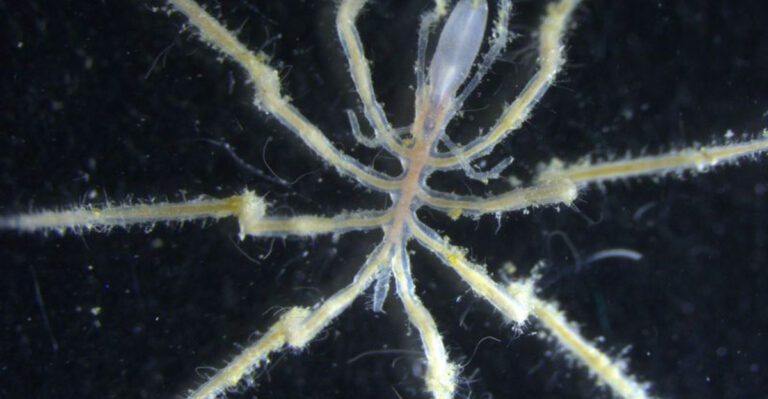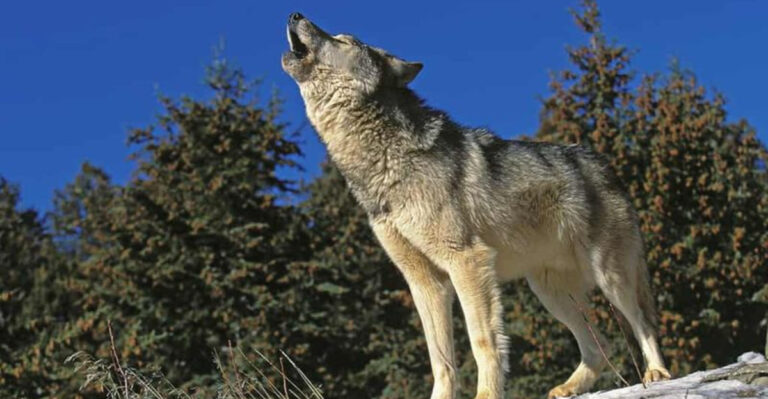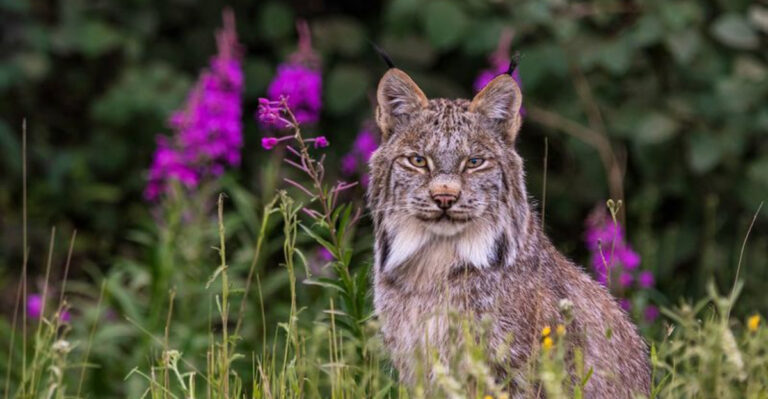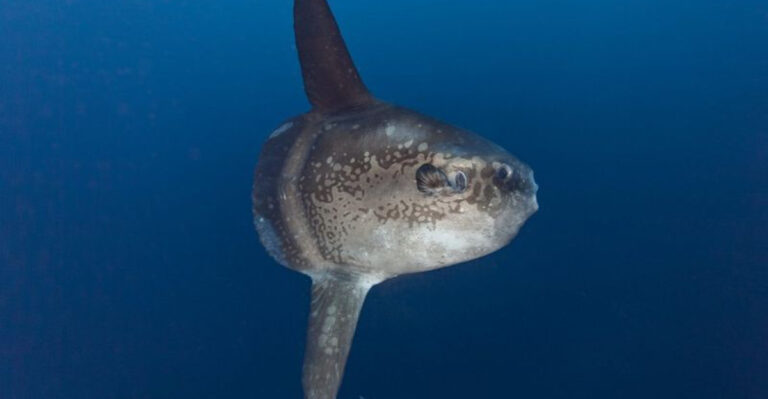The Wildest Animals Ever Seen In These U.S. States
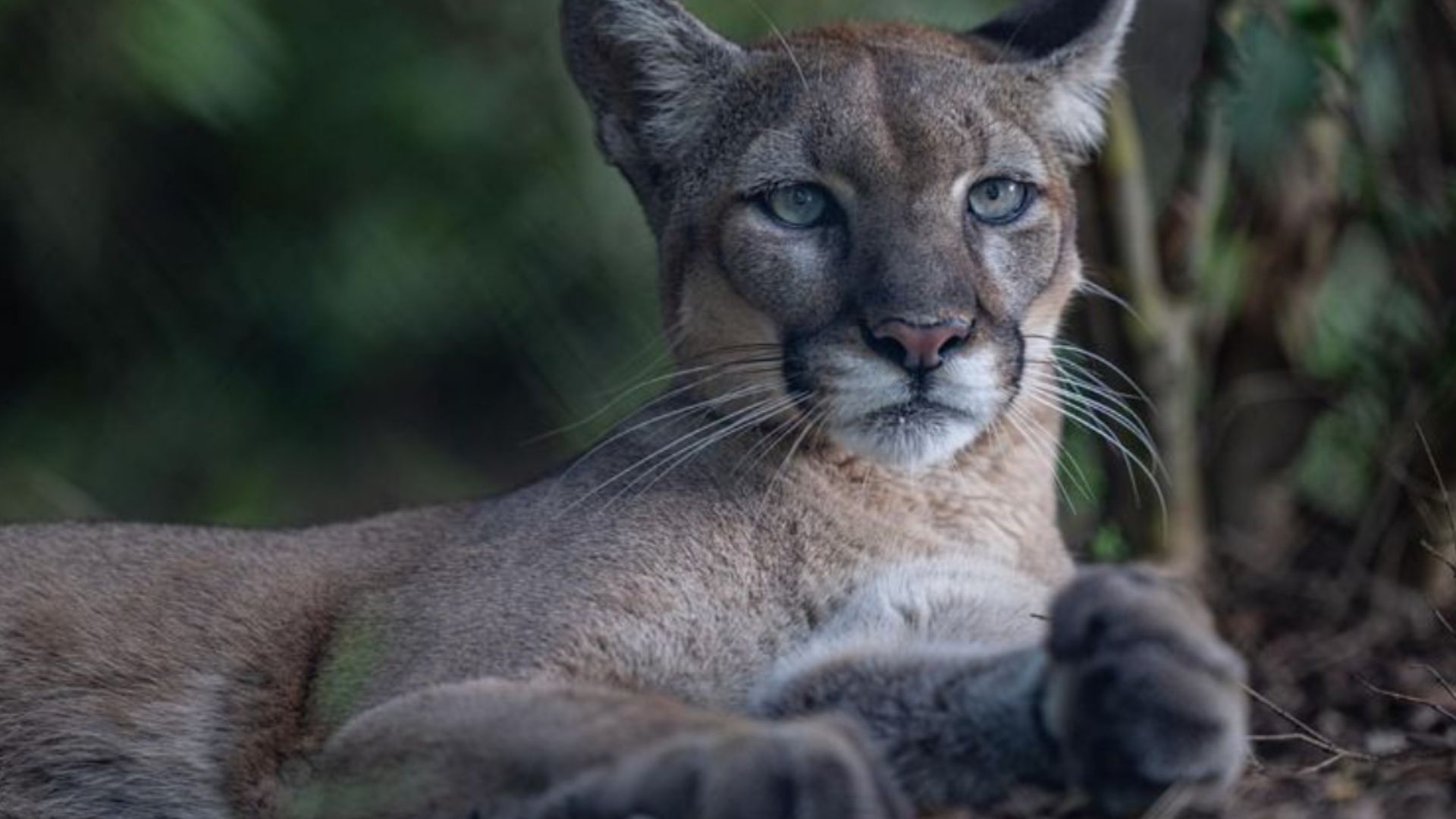
Across the U.S., some of the wildest and most fascinating animals have been spotted in unexpected places.
From remote forests to bustling urban areas, these creatures bring the untamed beauty of nature into surprising locales.
In this article, we’ll explore some of the most incredible wildlife sightings in different U.S. states. Get ready to discover the wild side of America!
1. California Condor
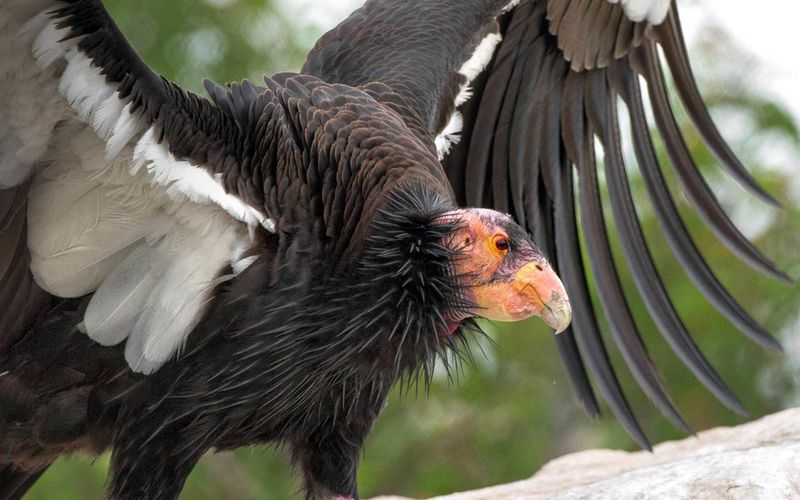
The California Condor, with its impressive wingspan of almost 10 feet, is truly a sight to behold. Found primarily in the rugged landscapes of California and Arizona, these magnificent birds were once on the brink of extinction.
Spotting a California Condor in the wild is a unique experience. These birds are known for their scavenging habits, often seen soaring high above cliffs and canyons, searching for carrion.
Nature enthusiasts traveling to places like the Grand Canyon might be lucky enough to witness these majestic creatures in flight. The sight is not only a wildlife watcher’s dream but also a testament to successful conservation efforts.
2. American Alligator
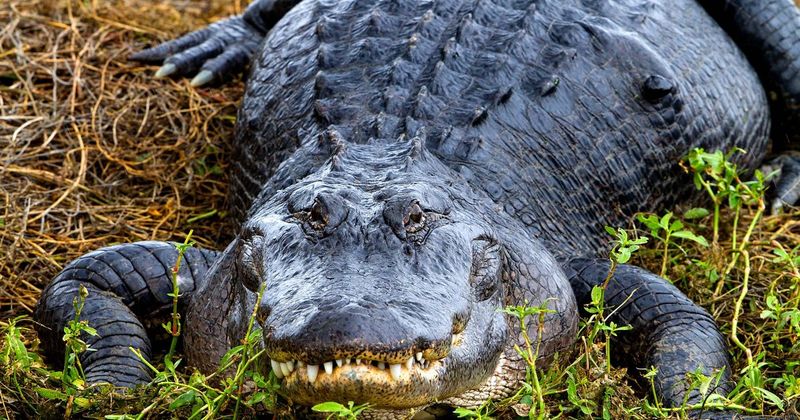
The American Alligator, native to the southeastern United States, is a fascinating creature that invokes both awe and caution.
These reptiles can grow up to 15 feet long and weigh over 1,000 pounds, making them one of the largest reptiles in North America.
Their armored bodies and powerful jaws make them formidable predators. Swamps, marshes, and rivers in states like Florida and Louisiana provide the perfect habitat for these ancient beasts.
Observing an alligator in its natural environment is an unforgettable experience, but it’s crucial to maintain a respectful distance to ensure both human and animal safety. Their presence in the wild reminds us of the diverse and ancient wildlife that thrives in the U.S.
3. Grizzly Bear
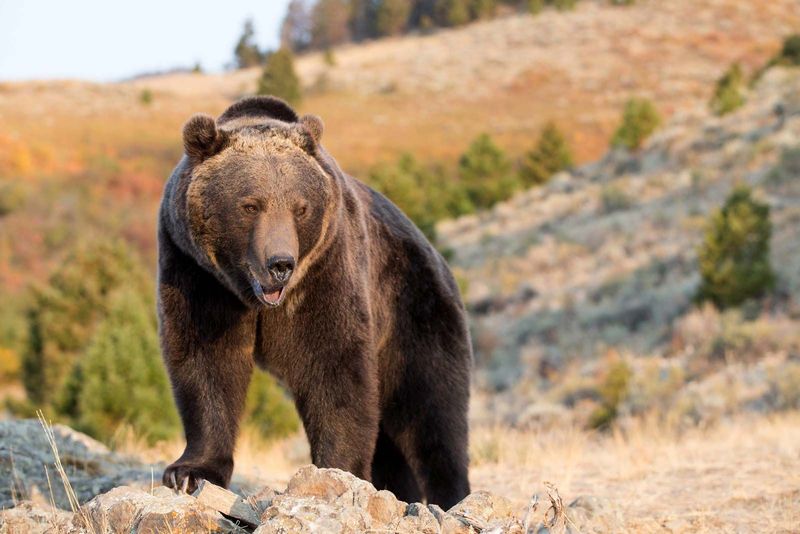
The Grizzly Bear, a symbol of the American wilderness, is one of the most powerful and formidable animals in the U.S. Found mainly in the northern regions, such as Alaska and parts of the Rocky Mountains, these bears are known for their strength and intelligence.
Grizzlies can weigh up to 1,500 pounds and stand over 7 feet tall when on their hind legs. Their thick fur, often brown with lighter tips, gives them a distinctive appearance.
Observing a Grizzly Bear in the wild is both thrilling and humbling. These creatures play a significant role in maintaining the health of the ecosystem by controlling prey populations and dispersing seeds.
While encounters can be rare, national parks like Yellowstone provide a safe haven where these majestic animals can be admired from a distance.
4. Gray Wolf
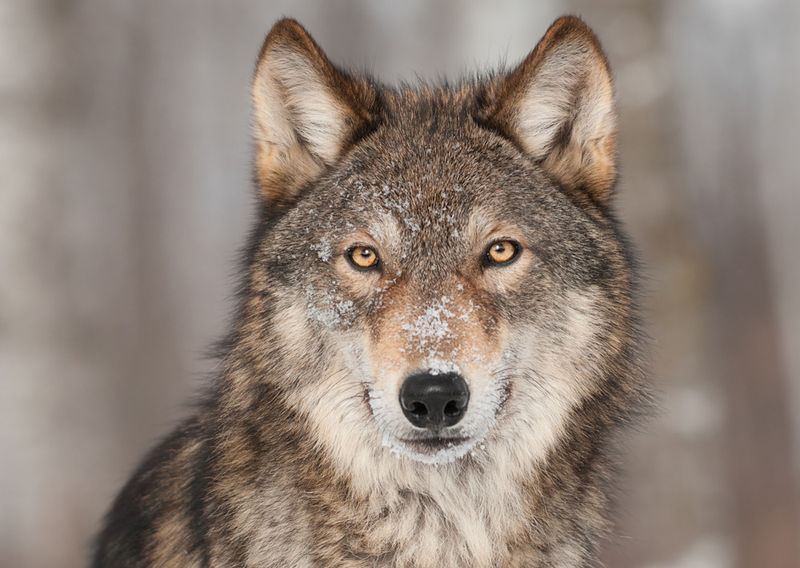
The Gray Wolf, once nearly eradicated in the continental U.S., has made a remarkable comeback. Known for their intelligence and complex social structures, wolves are found in parts of the northern U.S., including Montana, Idaho, and Wyoming.
Gray Wolves typically travel in packs led by an alpha pair. They are known for their hauntingly beautiful howls, which help them communicate across vast distances.
Reintroduction efforts, particularly in Yellowstone National Park, have been successful in revitalizing these majestic animals in the wild.
Watching a wolf in its natural environment is an exhilarating experience that offers a glimpse into their social dynamics and survival strategies.
5. Bison
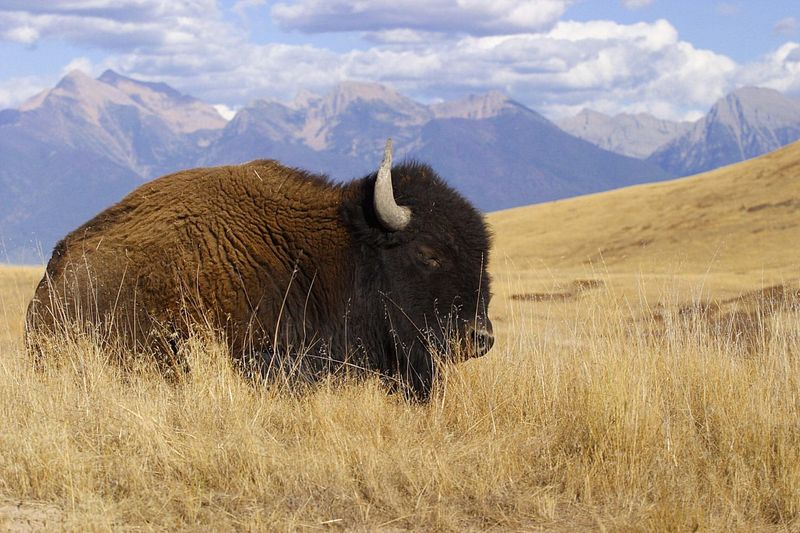
Bison, or American Buffalo, are iconic symbols of the Great Plains and represent the rugged spirit of the American West.
Once numbering in the millions, their population drastically decreased due to overhunting in the 19th century. Conservation efforts have since helped to recover their numbers.
These massive animals can weigh up to 2,000 pounds and are known for their thick fur and distinctive hump. They are often seen as gentle giants but can be surprisingly swift and agile when threatened.
The sight of a Bison herd roaming freely is both awe-inspiring and a reminder of the country’s rich natural heritage. National parks like Yellowstone and Wind Cave offer opportunities to witness these magnificent animals in their natural habitat.
6. Florida Panther
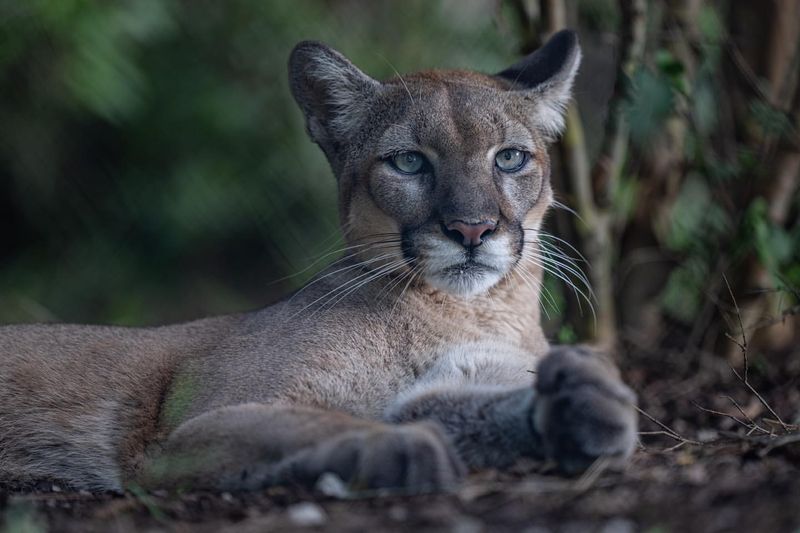
The Florida Panther, a subspecies of the cougar, roams the swamps and forests of southern Florida. With only about 120-230 individuals left in the wild, they are one of the most endangered mammals in the U.S.
These big cats are solitary and elusive, making sightings rare and special. They primarily hunt deer, wild hogs, and smaller mammals, using their stealth and agility to their advantage.
Observing a Florida Panther in its natural environment, such as the Everglades, is a breathtaking experience that highlights the importance of wildlife preservation.
The Florida Panther symbolizes the wild heart of the American Southeast and the challenges of conserving endangered species.
7. Bald Eagle
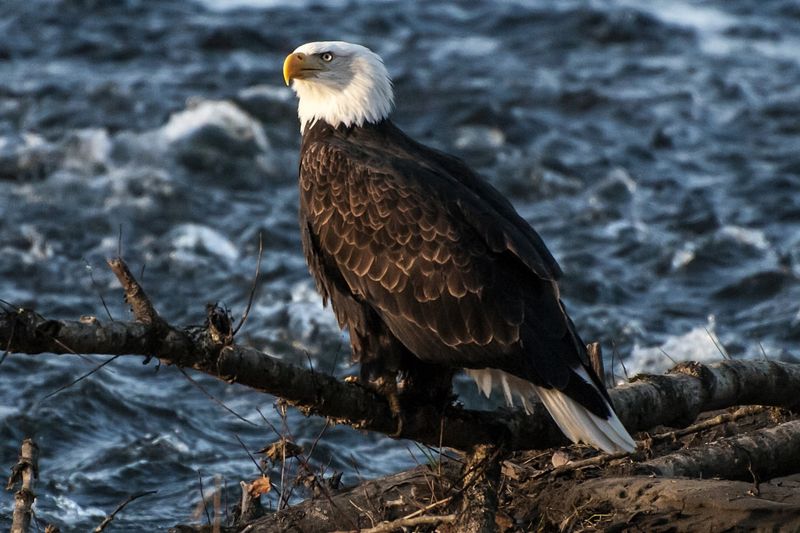
The Bald Eagle, America’s national bird, is a powerful symbol of freedom and resilience. Once endangered, these majestic birds have made a remarkable recovery thanks to conservation efforts and legal protections.
Bald Eagles can be found near large bodies of open water, such as lakes and rivers, where they hunt for fish and other prey.
Seeing a Bald Eagle in the wild is a memorable experience. Their grace and strength in flight captivate nature lovers across the country. Places like Alaska and the Pacific Northwest offer prime opportunities for eagle-watching.
8. Moose
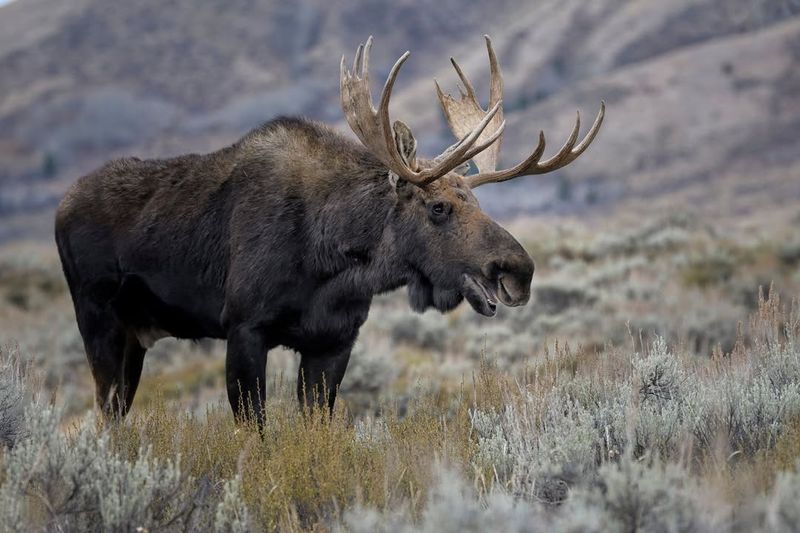
The Moose, North America’s largest member of the deer family, is a truly unique and intriguing animal. These giants can stand over six feet tall at the shoulder and weigh up to 1,600 pounds.
Moose are well adapted to cold climates and can be found in forested areas of the northern U.S. and Alaska. Their diet consists mainly of leaves, bark, and aquatic plants.
Observing a Moose in the wild, particularly during the autumn rutting season, can be a spectacular sight. Moose play an essential role in their habitats by influencing vegetation patterns and providing food for predators. Their presence adds to the rich tapestry of wildlife in the American wilderness.
9. American Black Bear
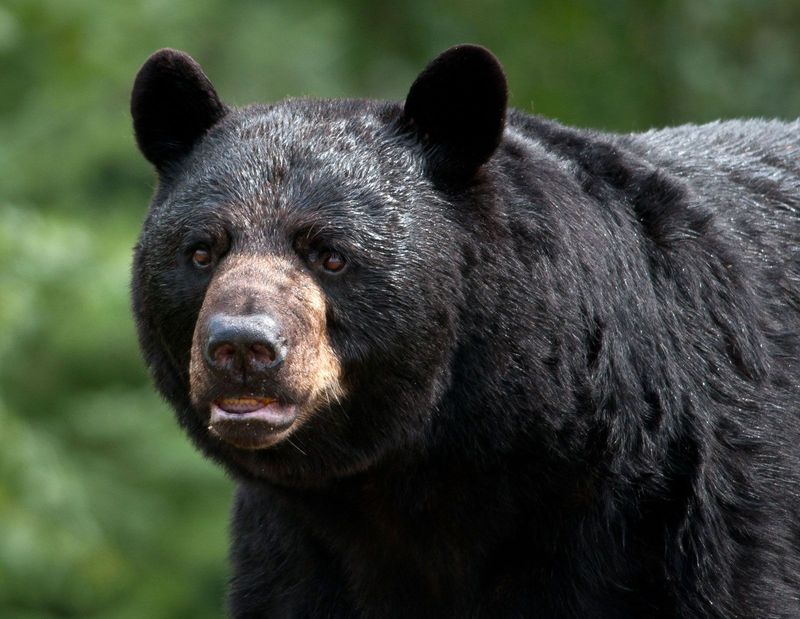
The American Black Bear, common across many parts of the U.S., is a versatile and adaptable creature. With a population of around 300,000, these bears inhabit forests, swamps, and mountainous areas.
Their diet is omnivorous, consisting of fruits, nuts, insects, and small mammals. These bears are known for their curious nature and can often be spotted foraging for food.
Encounters with Black Bears in the wild can be thrilling but require caution and respect for the animal’s space. National parks such as the Great Smoky Mountains provide ideal opportunities to observe Black Bears in their natural habitat.
10. Mountain Lion
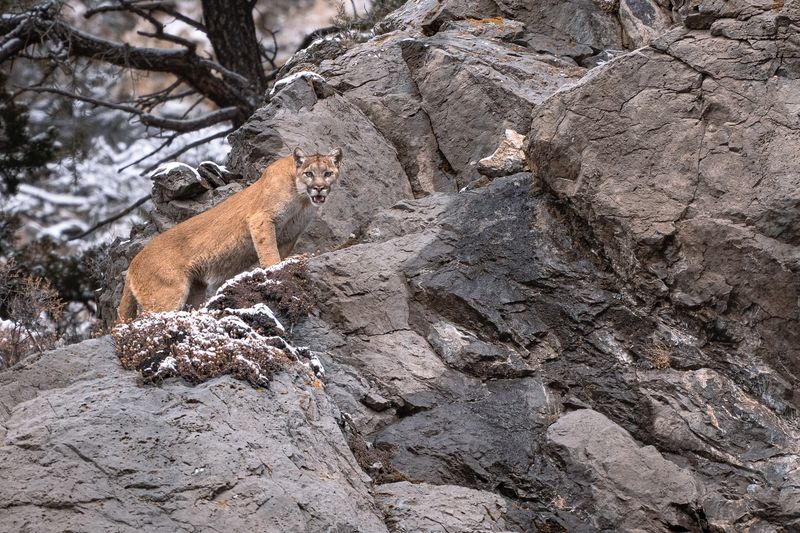
The Mountain Lion, also known as the cougar or puma, is a solitary and powerful predator found across the western U.S. These big cats are known for their agility and strength, capable of leaping great distances to catch their prey.
Mountain Lions have a keen sense of sight and hearing, making them efficient hunters in various terrains, from forests to deserts.
Sightings of Mountain Lions are rare due to their elusive nature, but they are an essential part of the ecosystem, helping to control prey populations. For those lucky enough to catch a glimpse of these majestic animals, the experience is unforgettable.
Conservation efforts continue to ensure their habitats are protected, allowing these incredible predators to thrive in the wild.
11. Red Fox
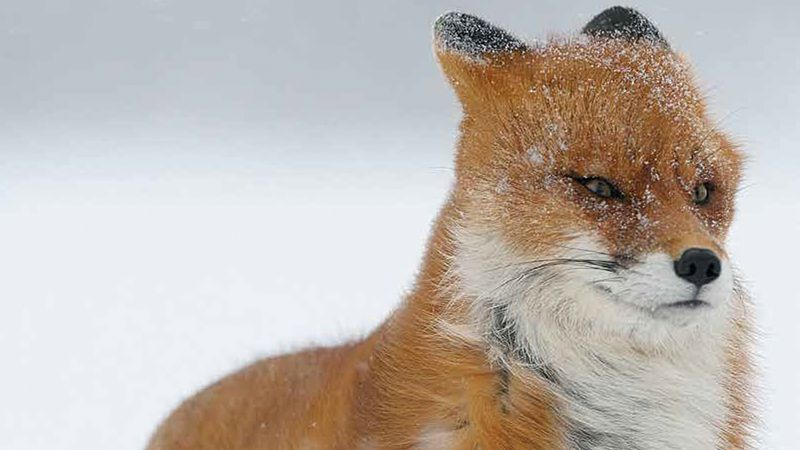
In the heart of Indiana’s snowy woodlands, the red fox stands as a symbol of cunning and adaptability. Its vibrant coat of red fur is a striking contrast against the winter landscape.
Often seen darting through the dense forests, this creature has captivated the curiosity of both locals and visitors.
Known for its cleverness, the red fox maneuvers through various terrains with ease. Its presence in Indiana highlights the state’s rich biodiversity.
12. Ocelot
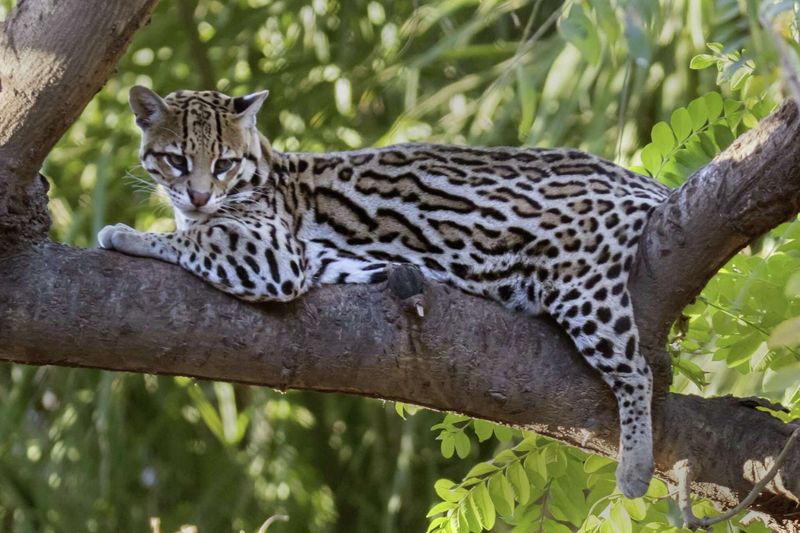
With its strikingly spotted coat, the ocelot prowls with grace through the dense Texas brush. This elusive feline, smaller than its big cat relatives, is a rare sight even in the Lone Star State.
Its unique appearance and elusive nature make spotting an ocelot an exciting event for wildlife watchers.
Despite its beauty, the ocelot remains a vulnerable species, facing threats from habitat loss. Conservation efforts are crucial for its survival.
Interestingly, ocelots are known to be excellent swimmers, often taking to water in search of prey or escaping threats.

